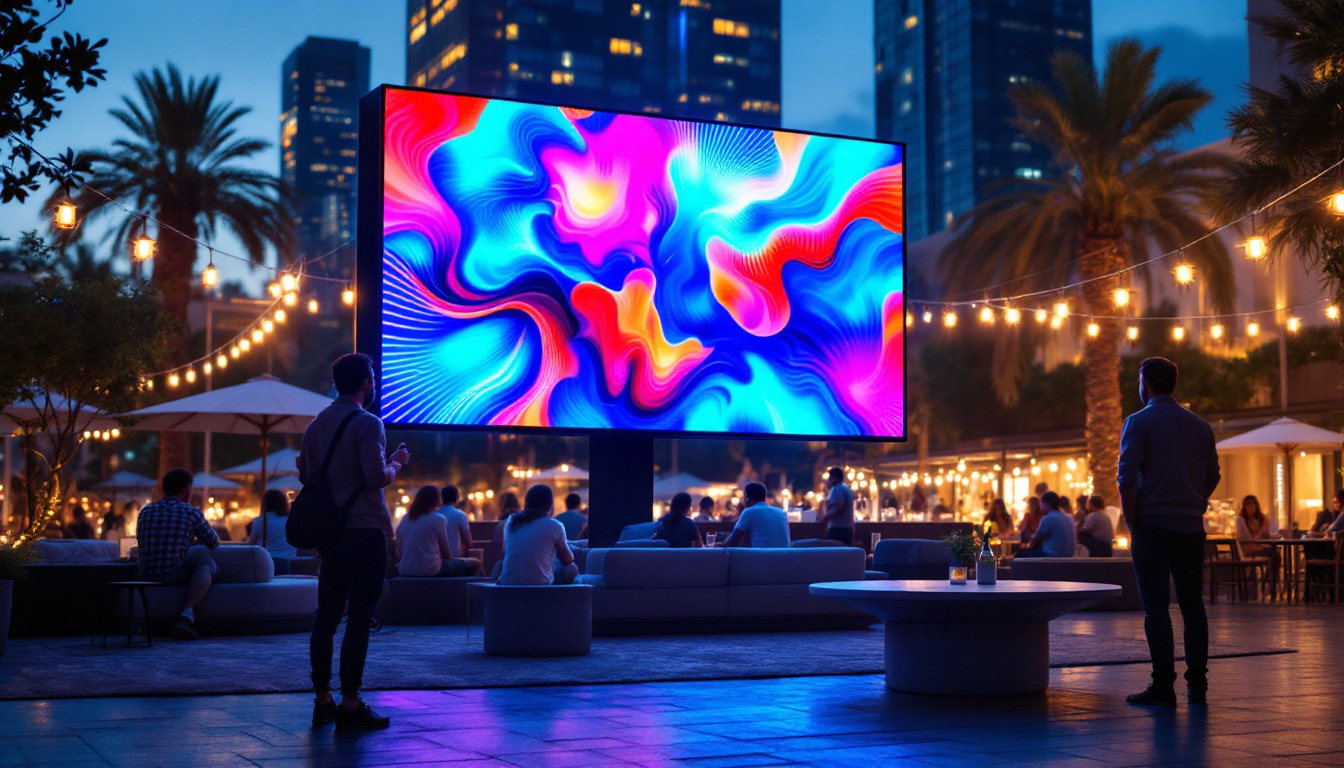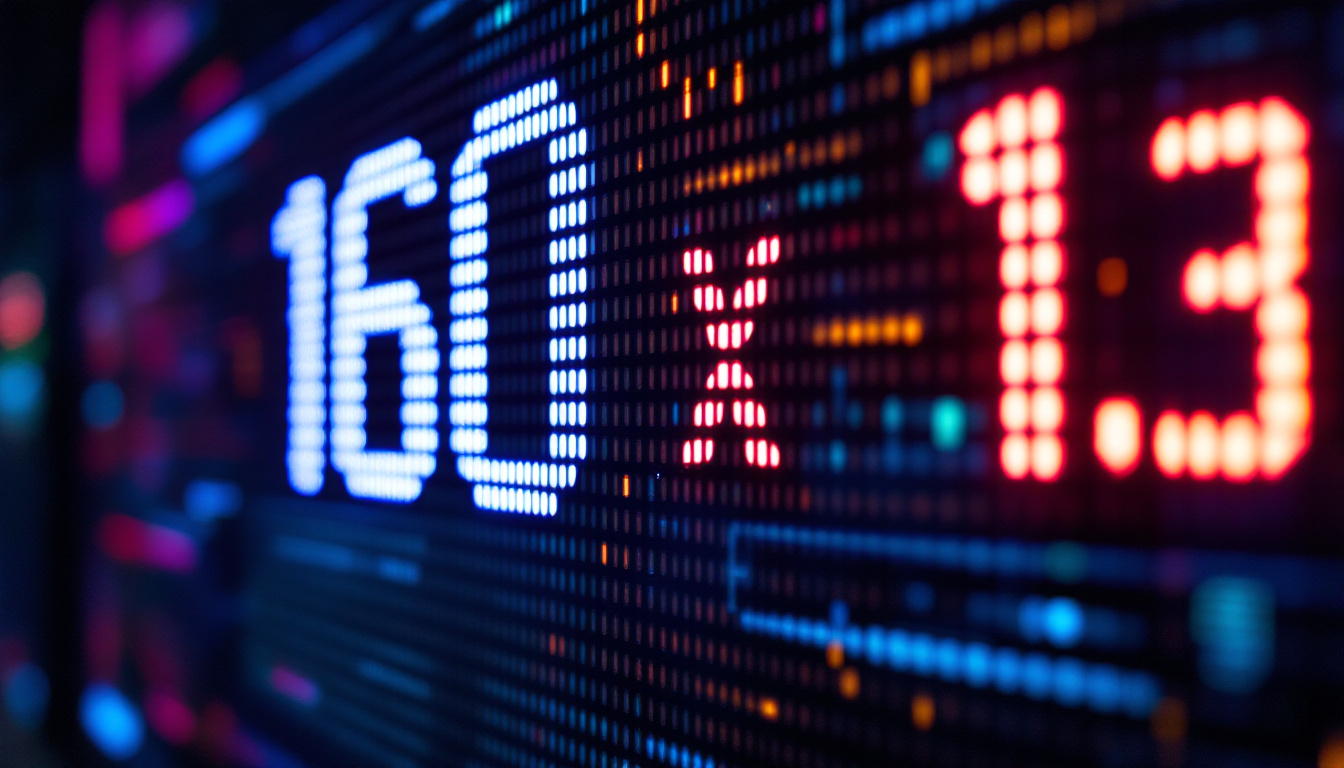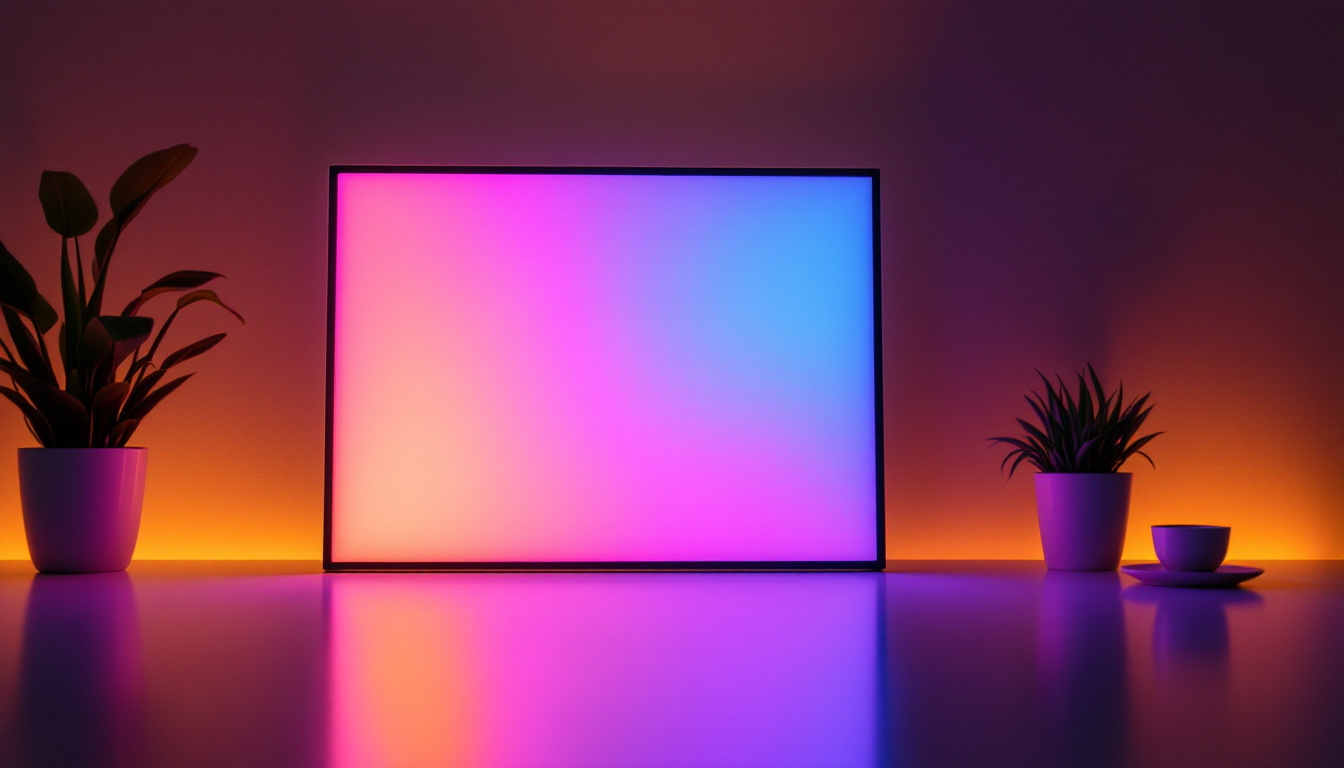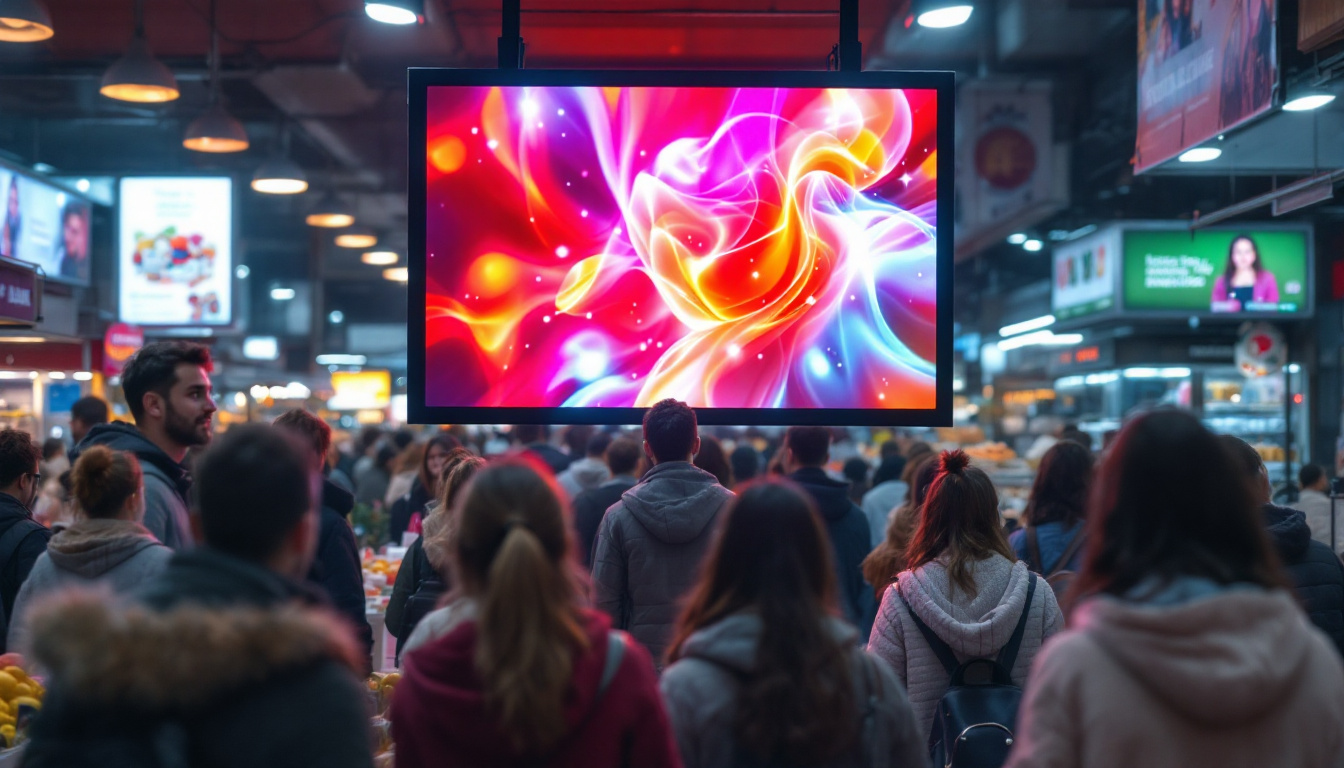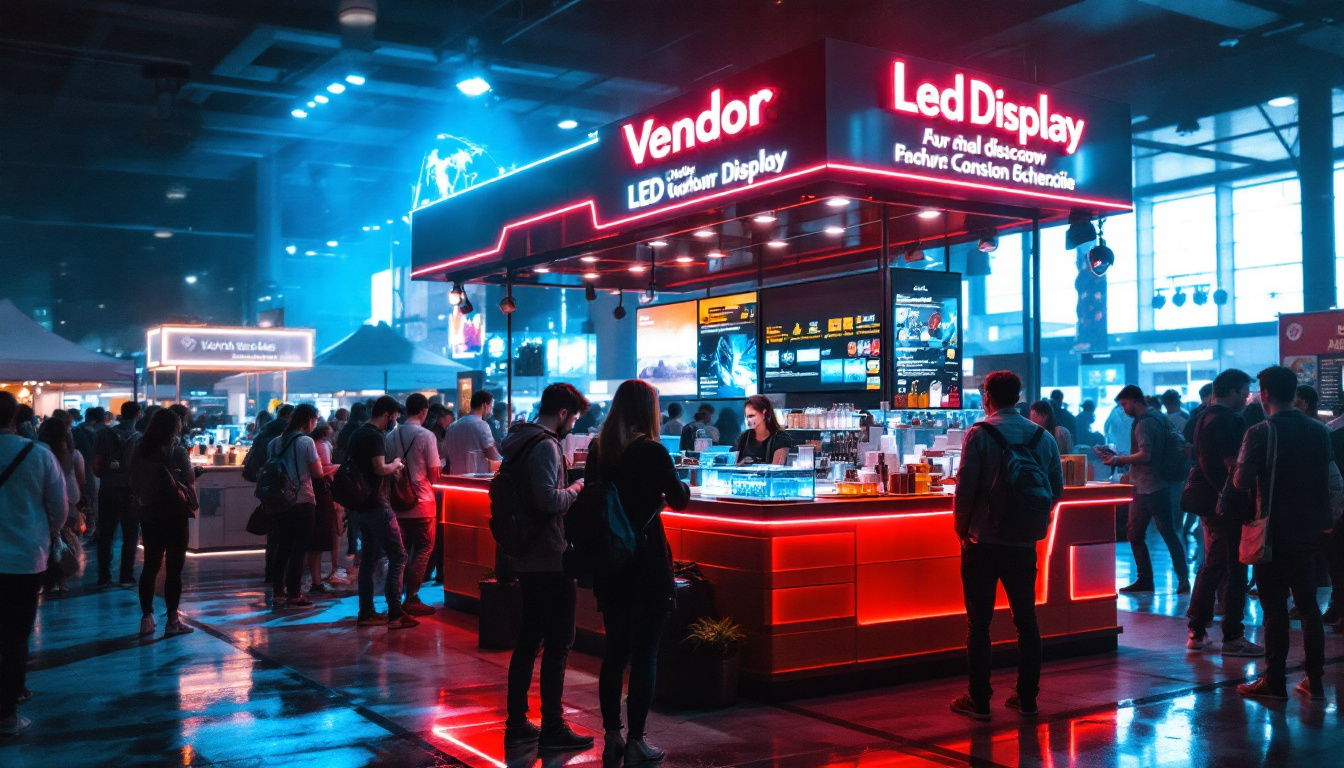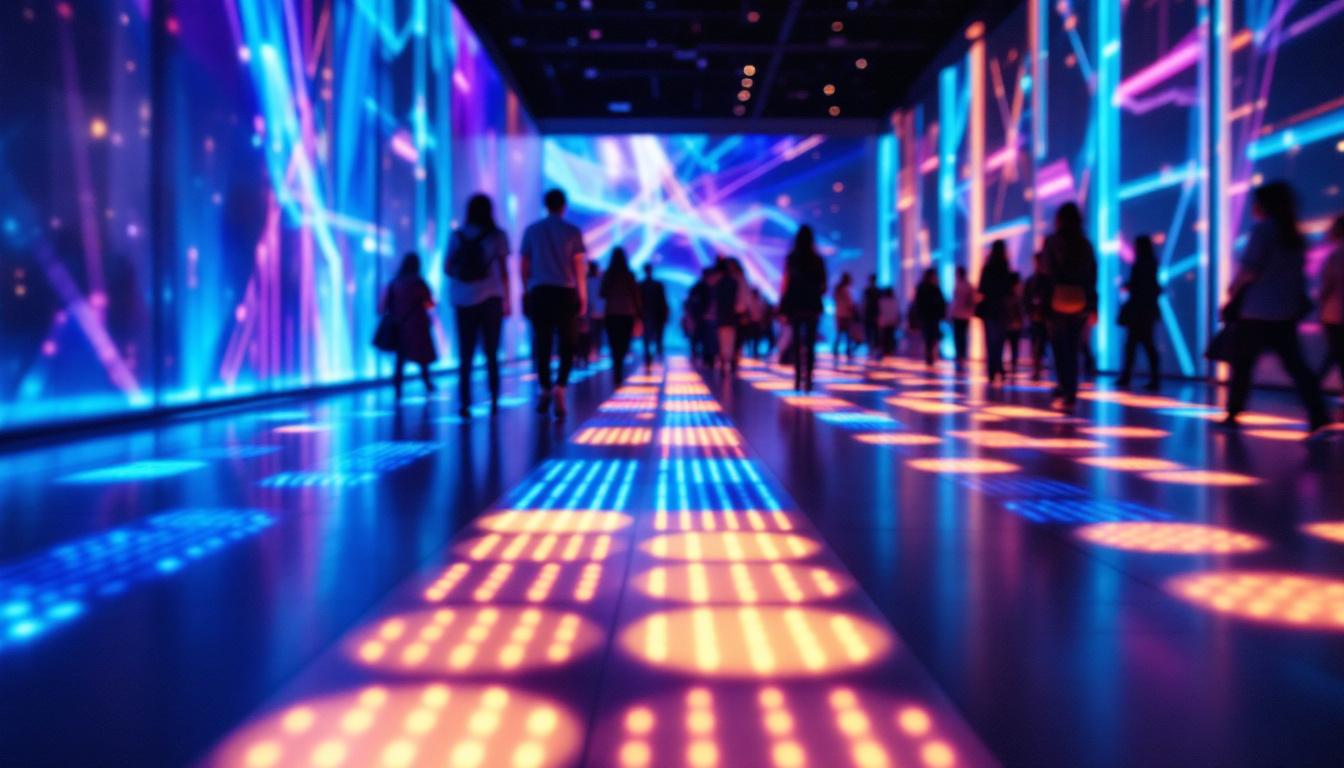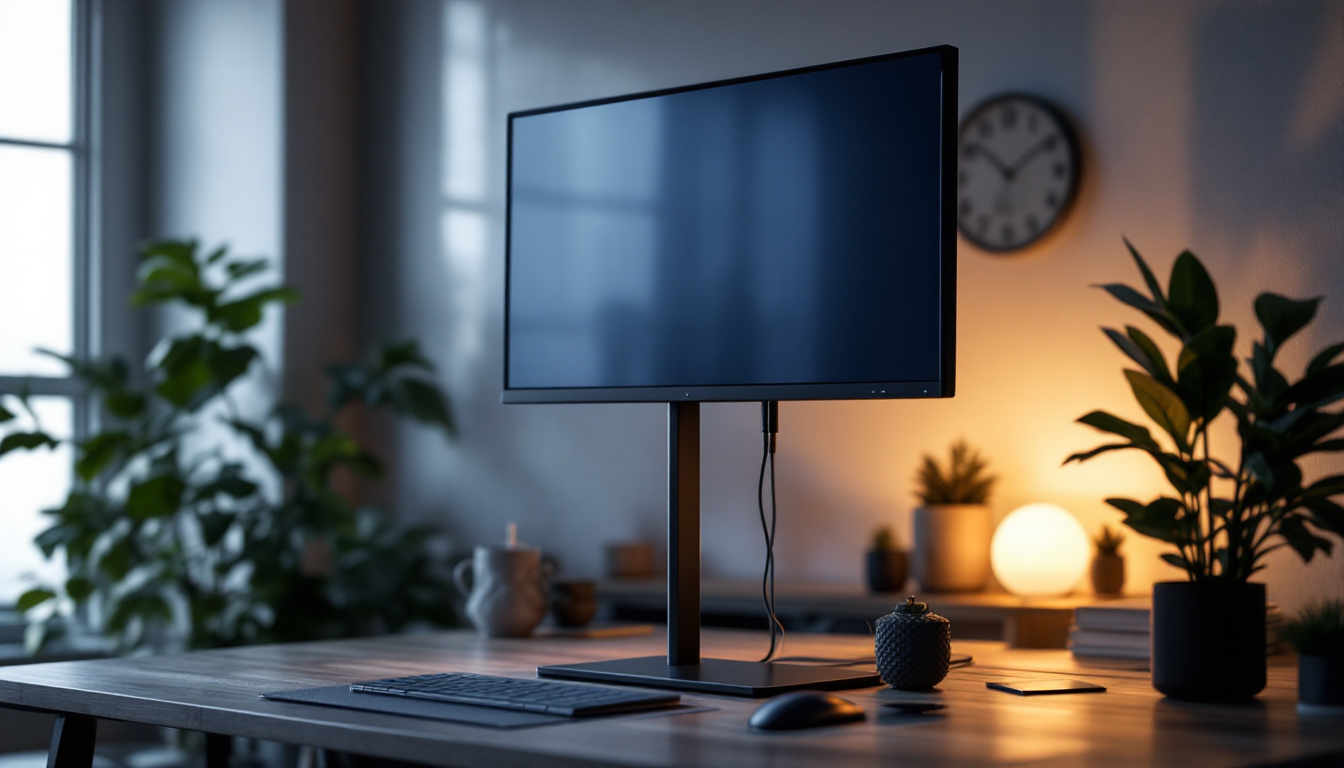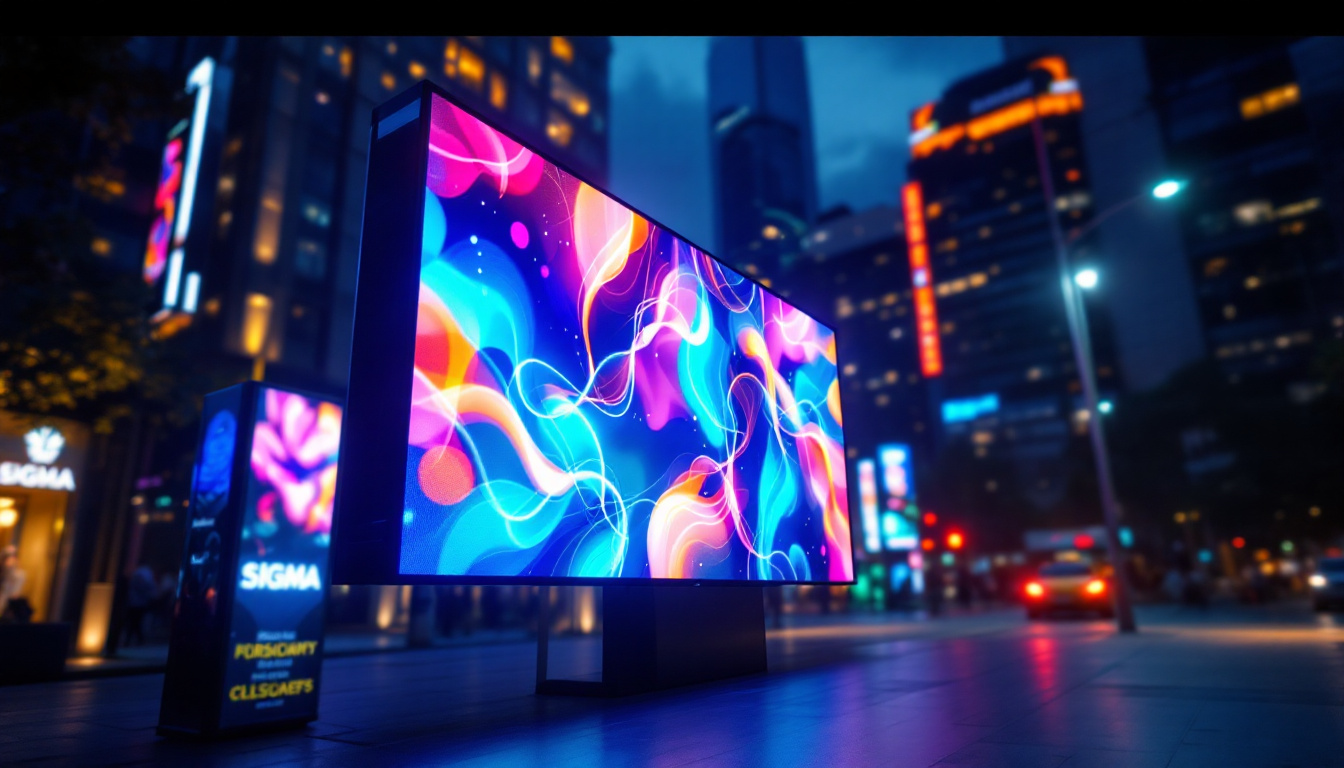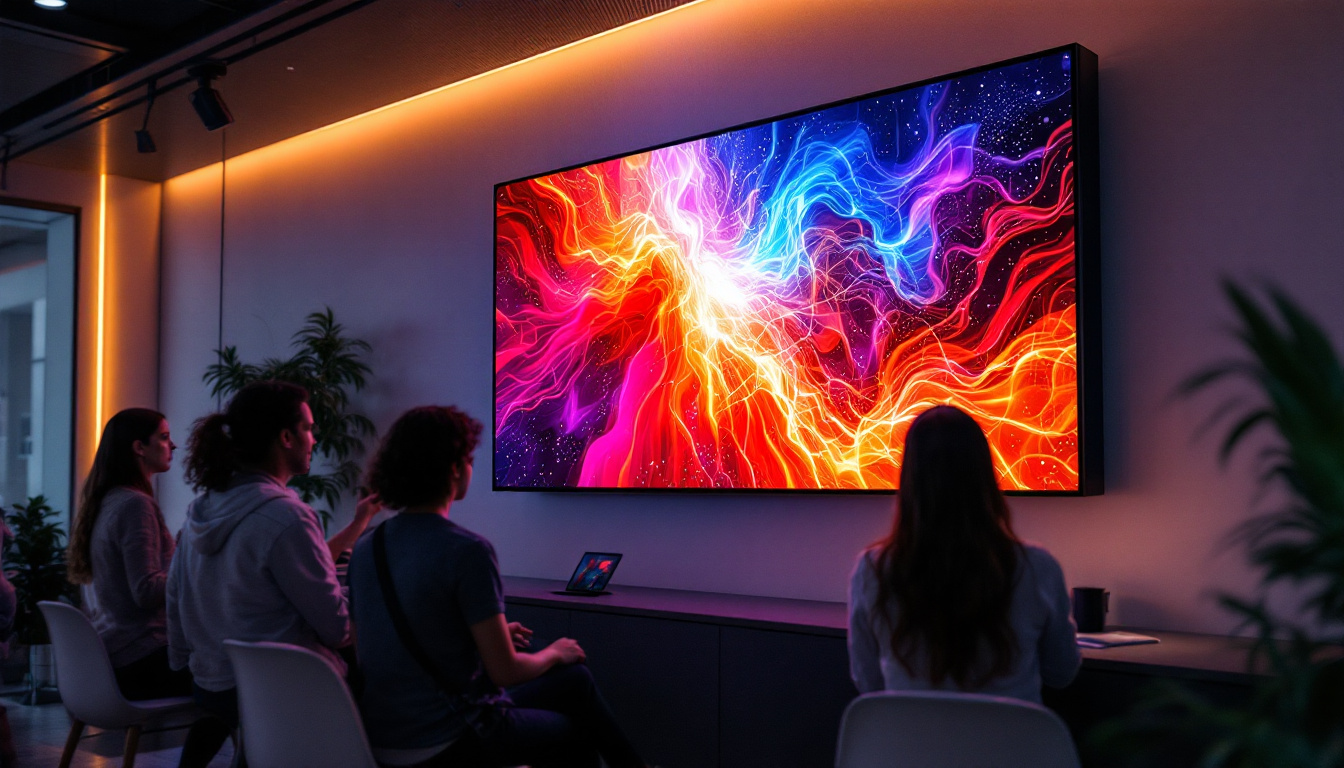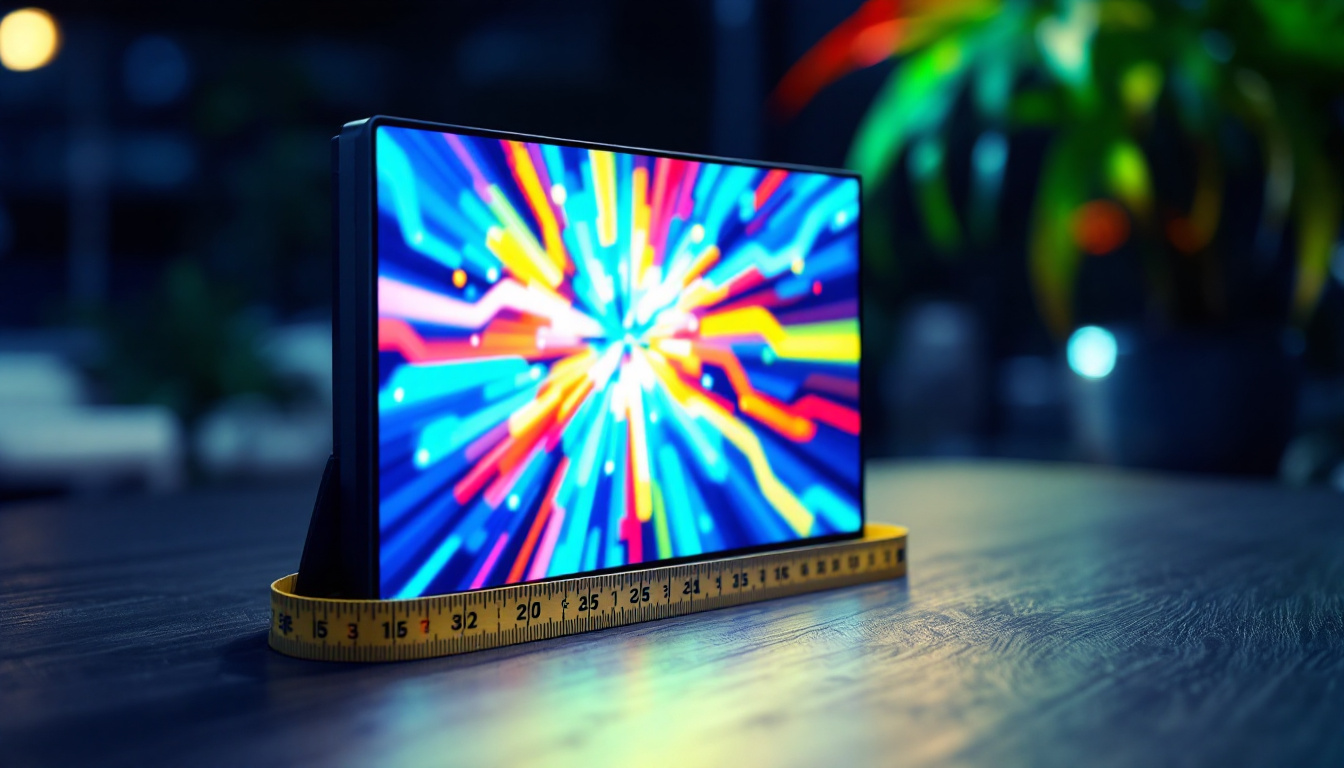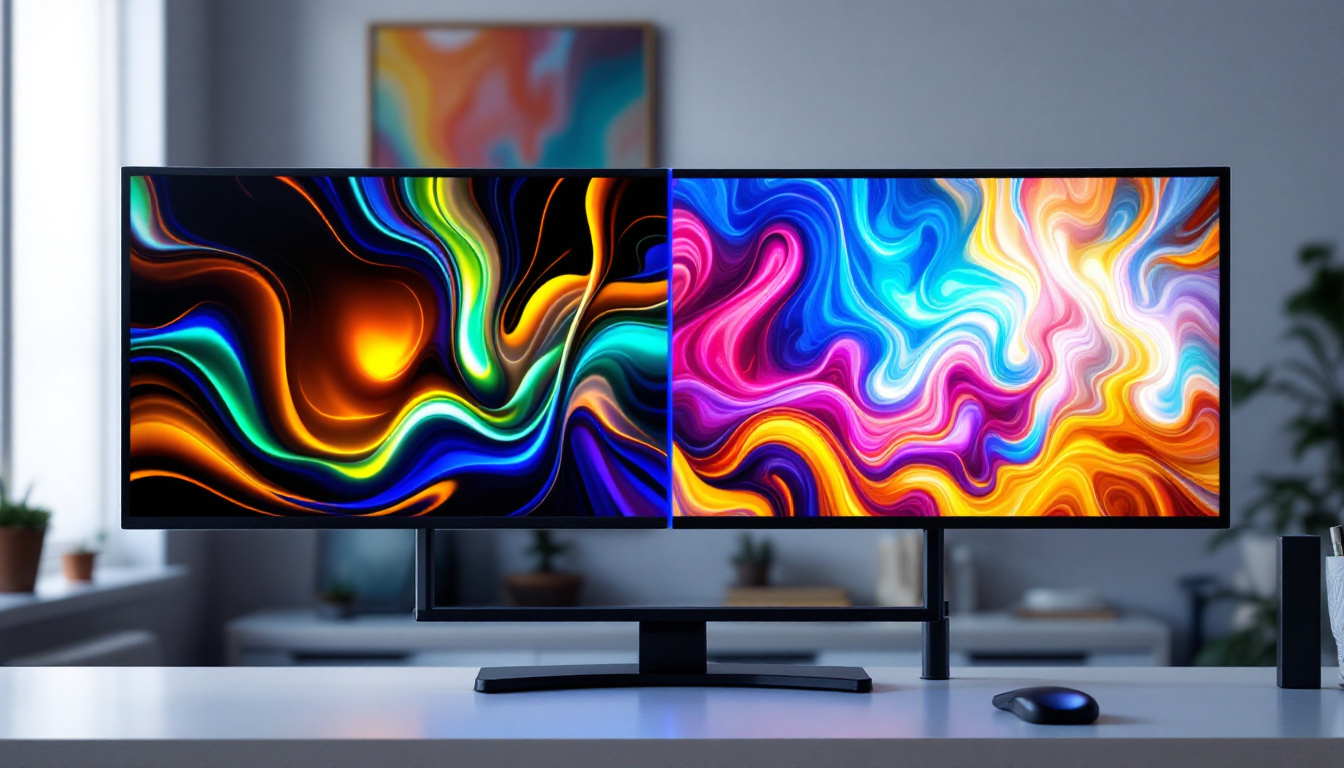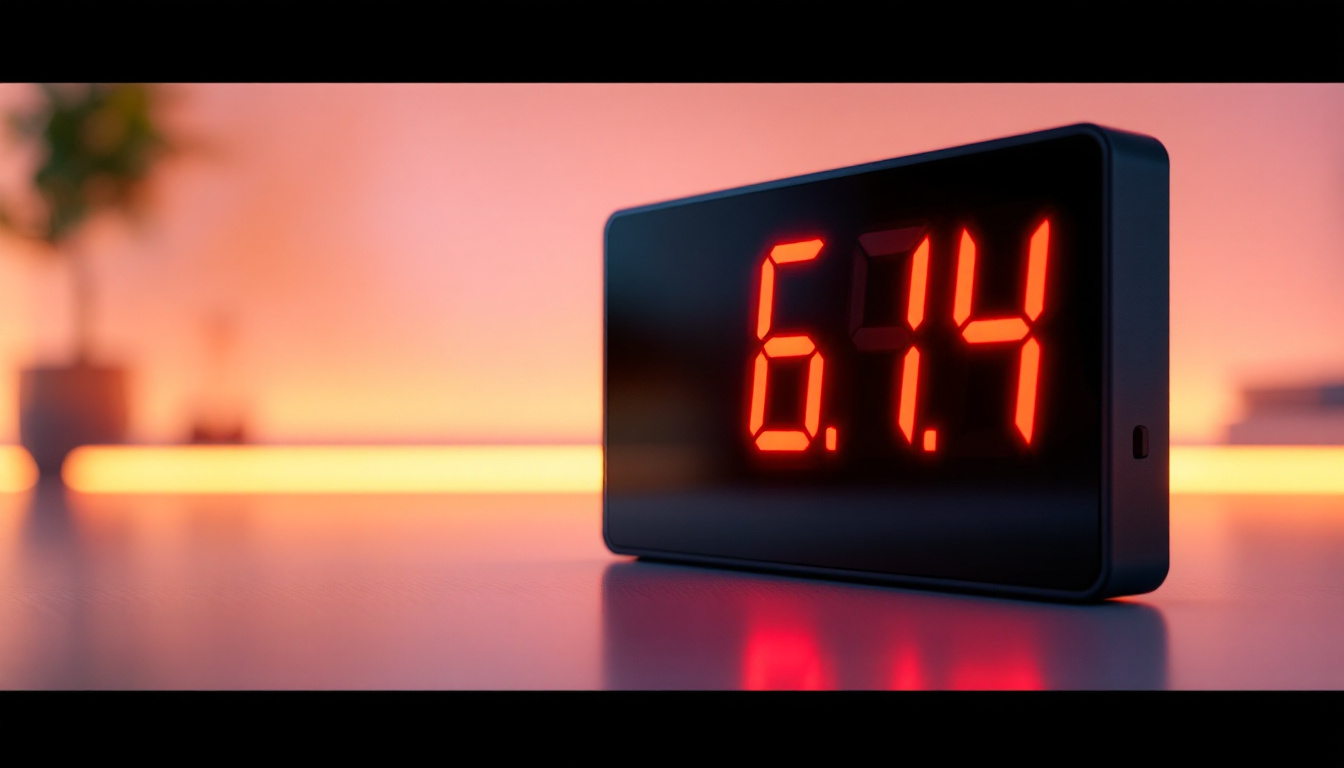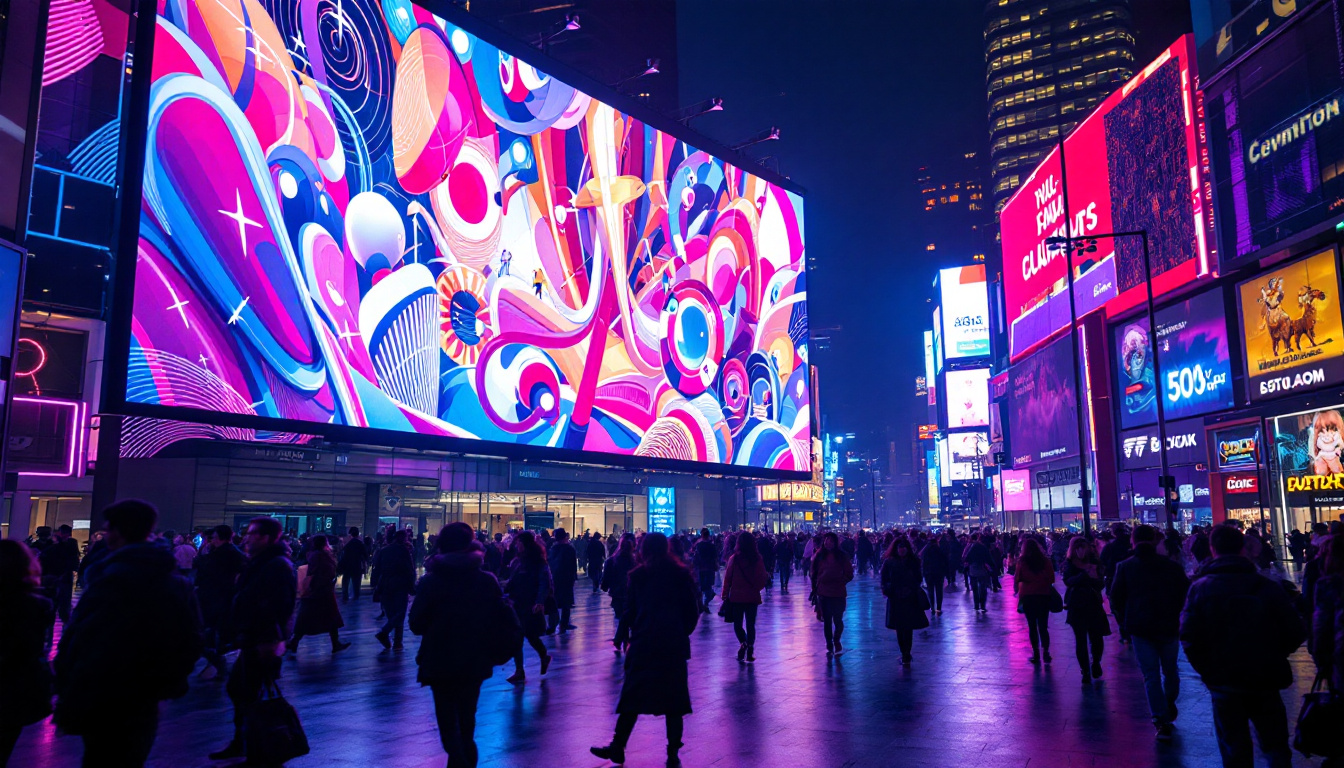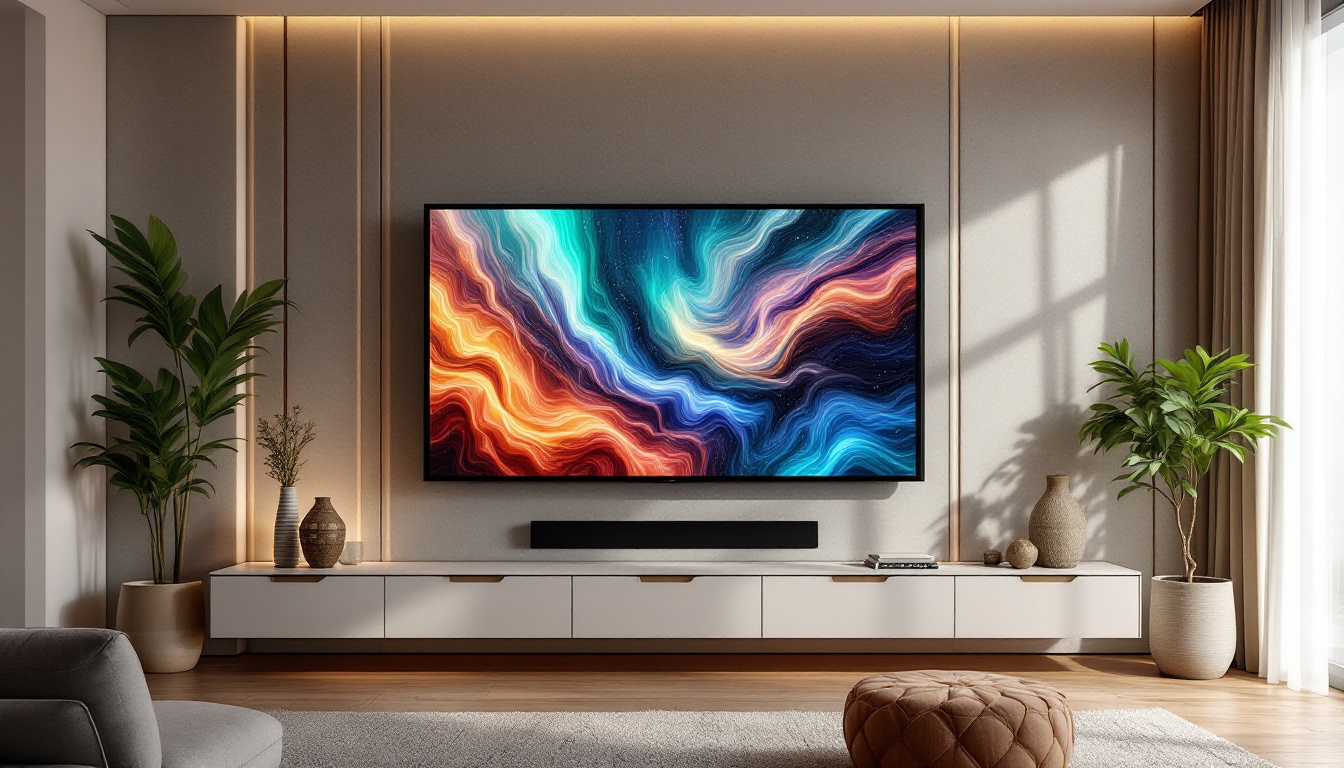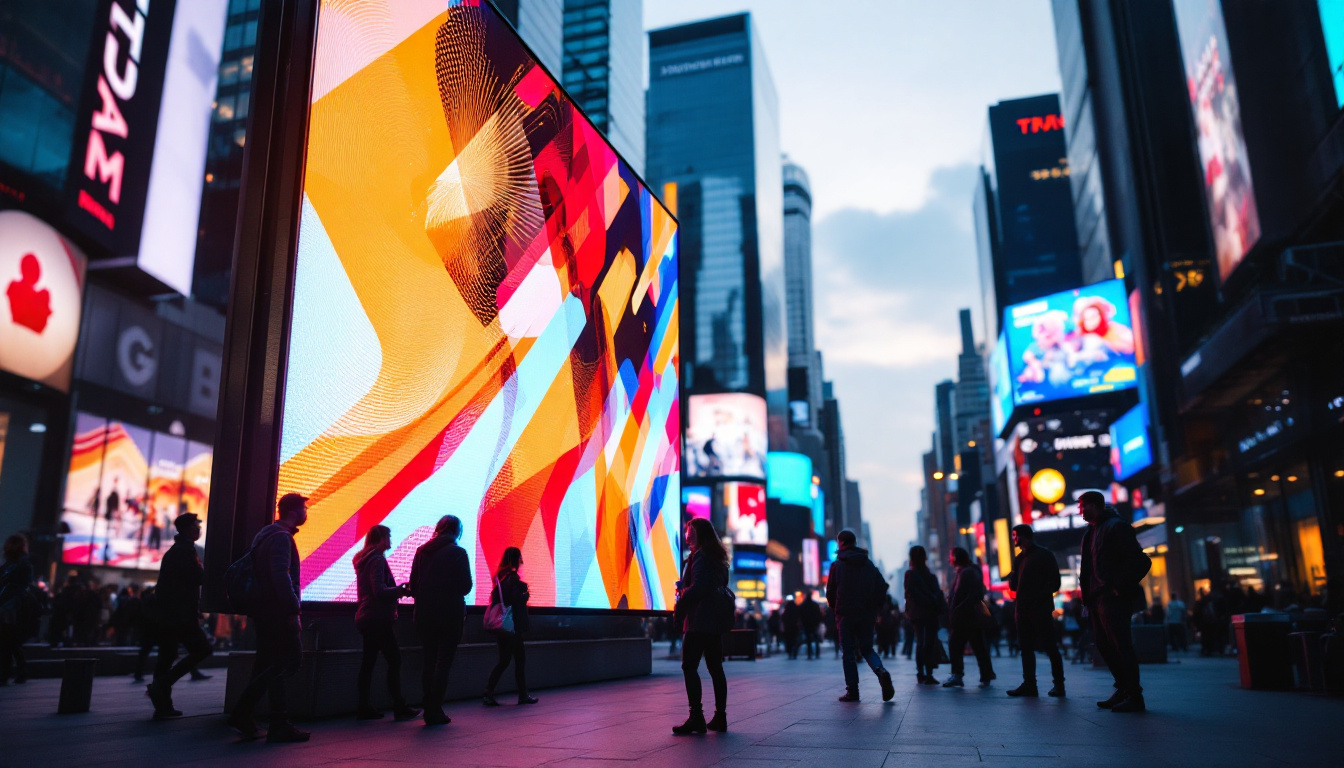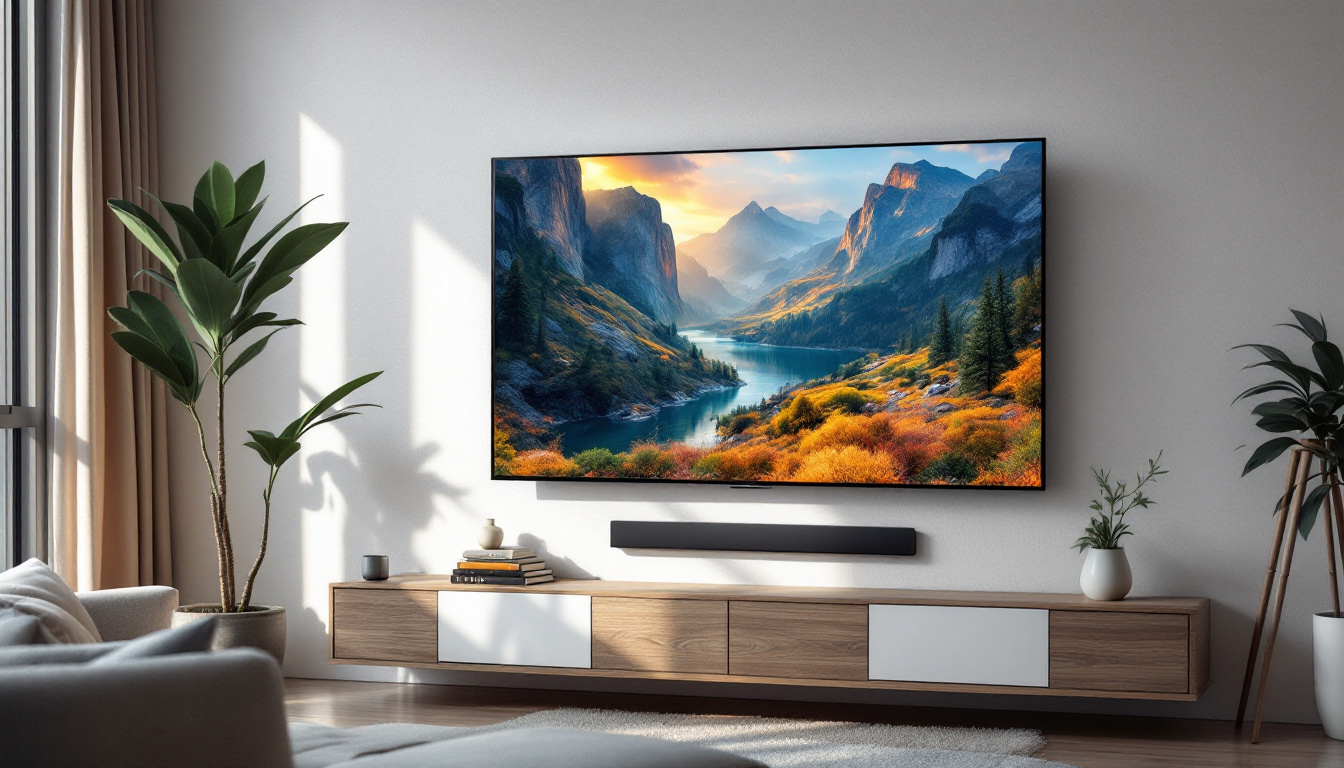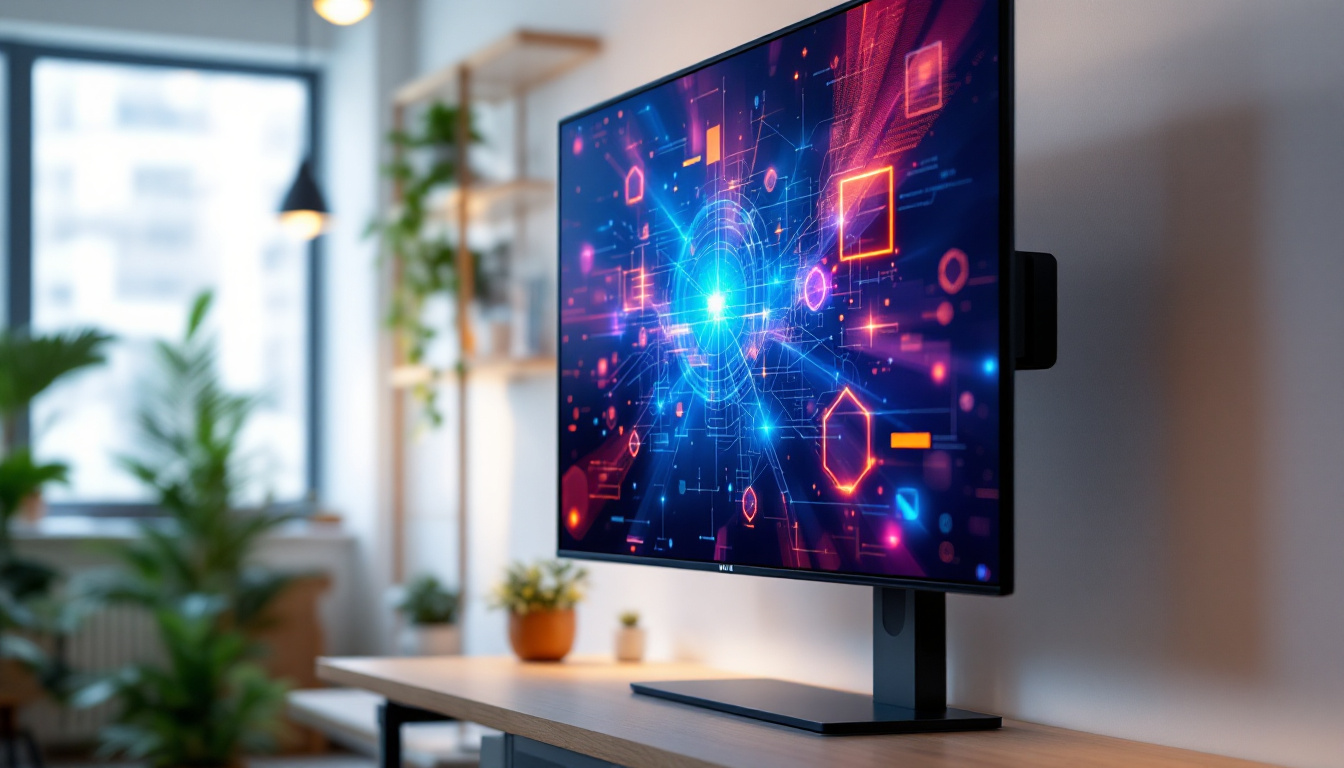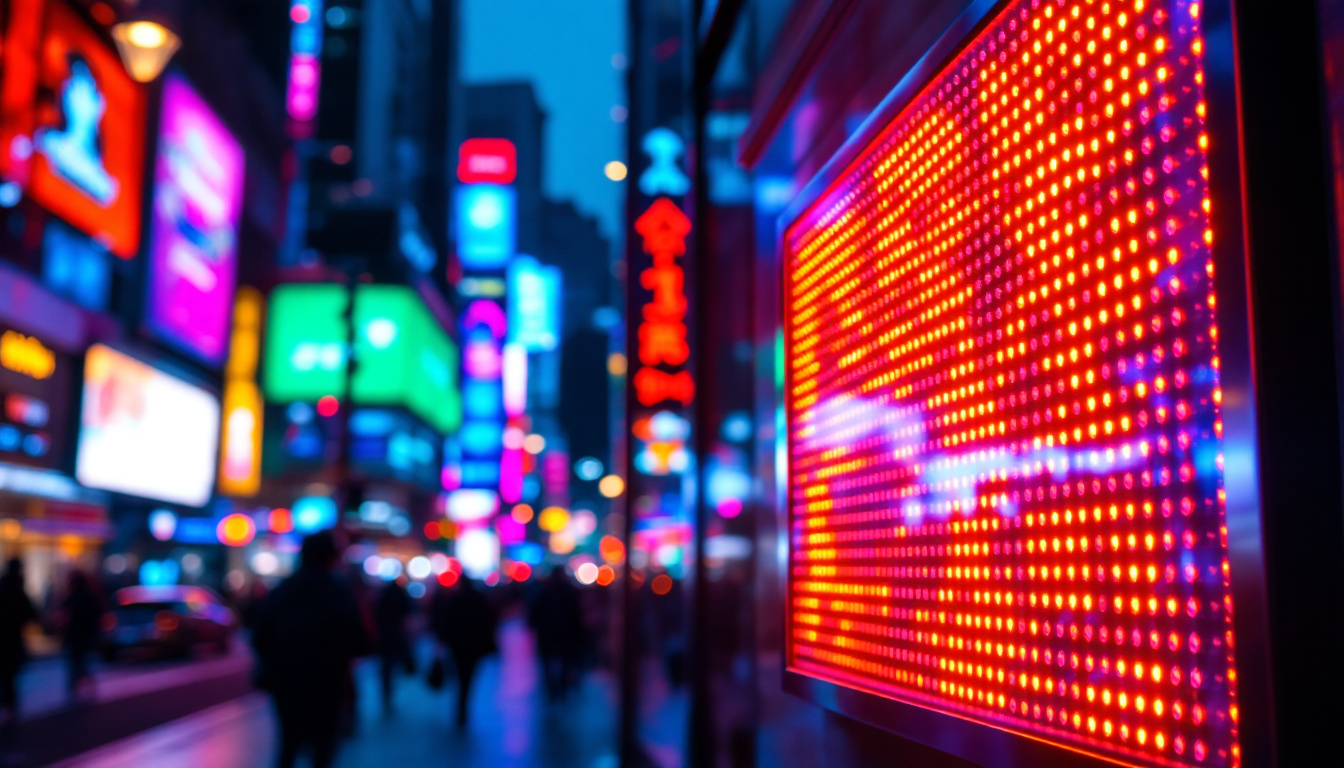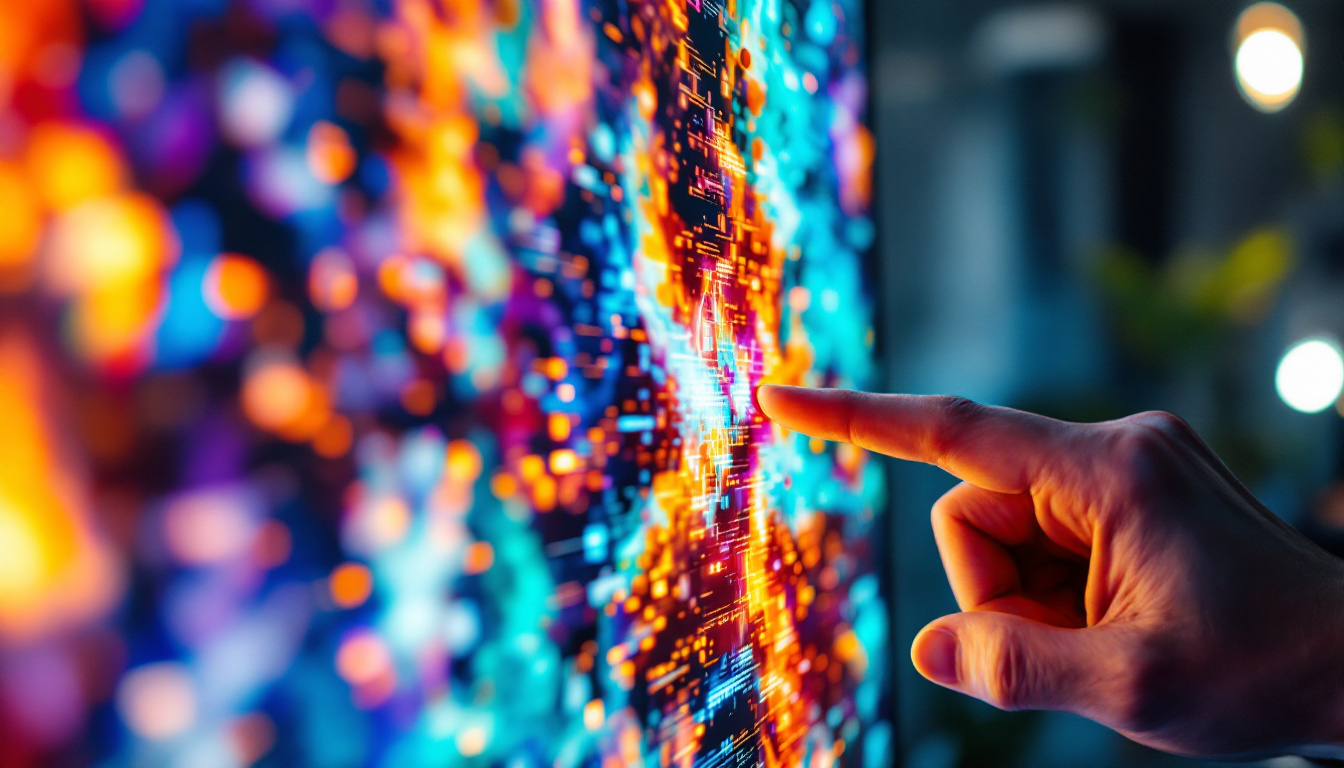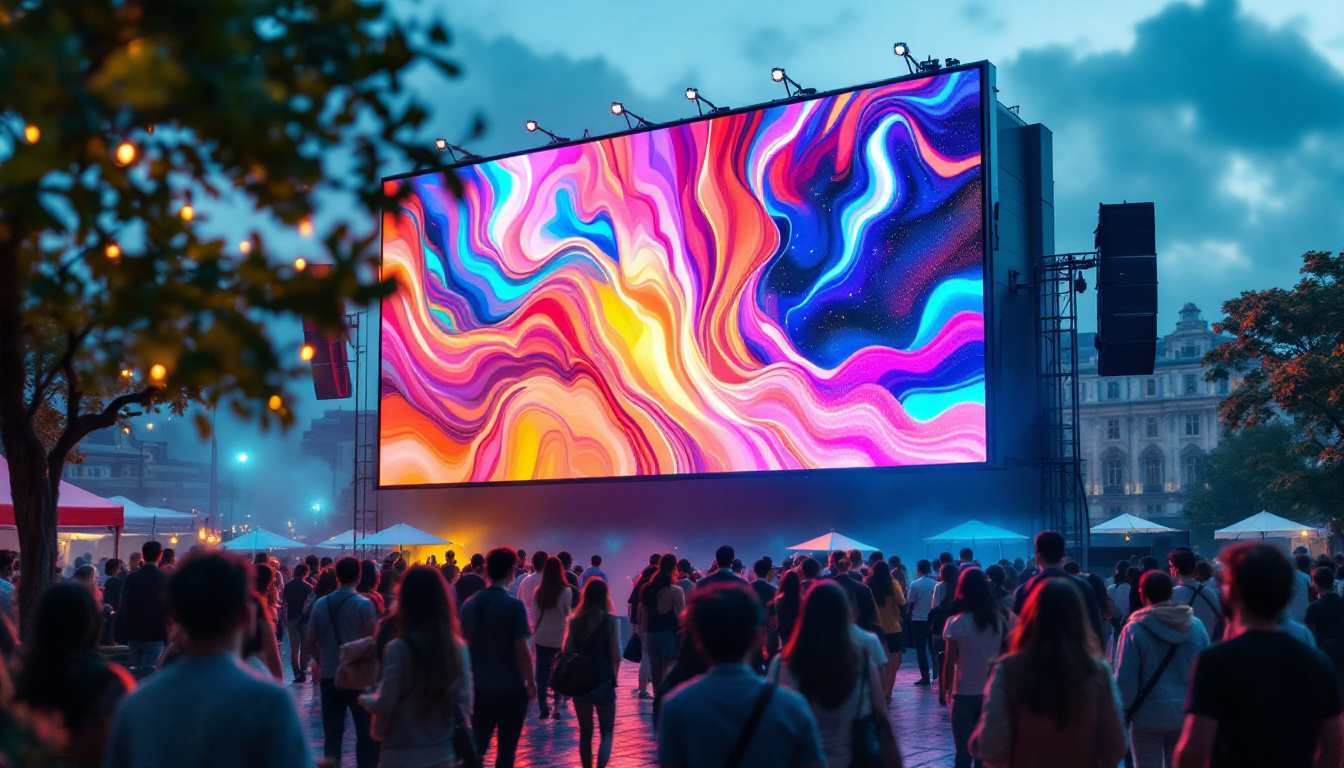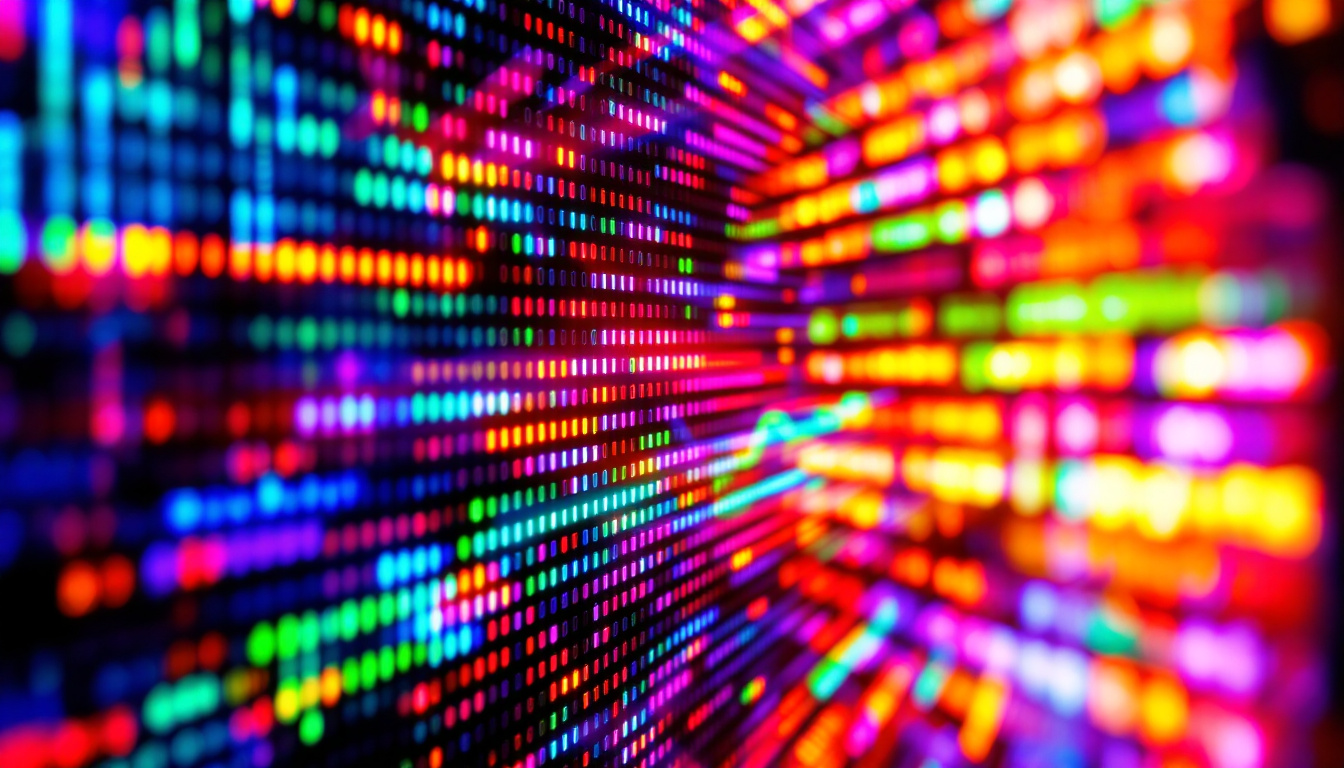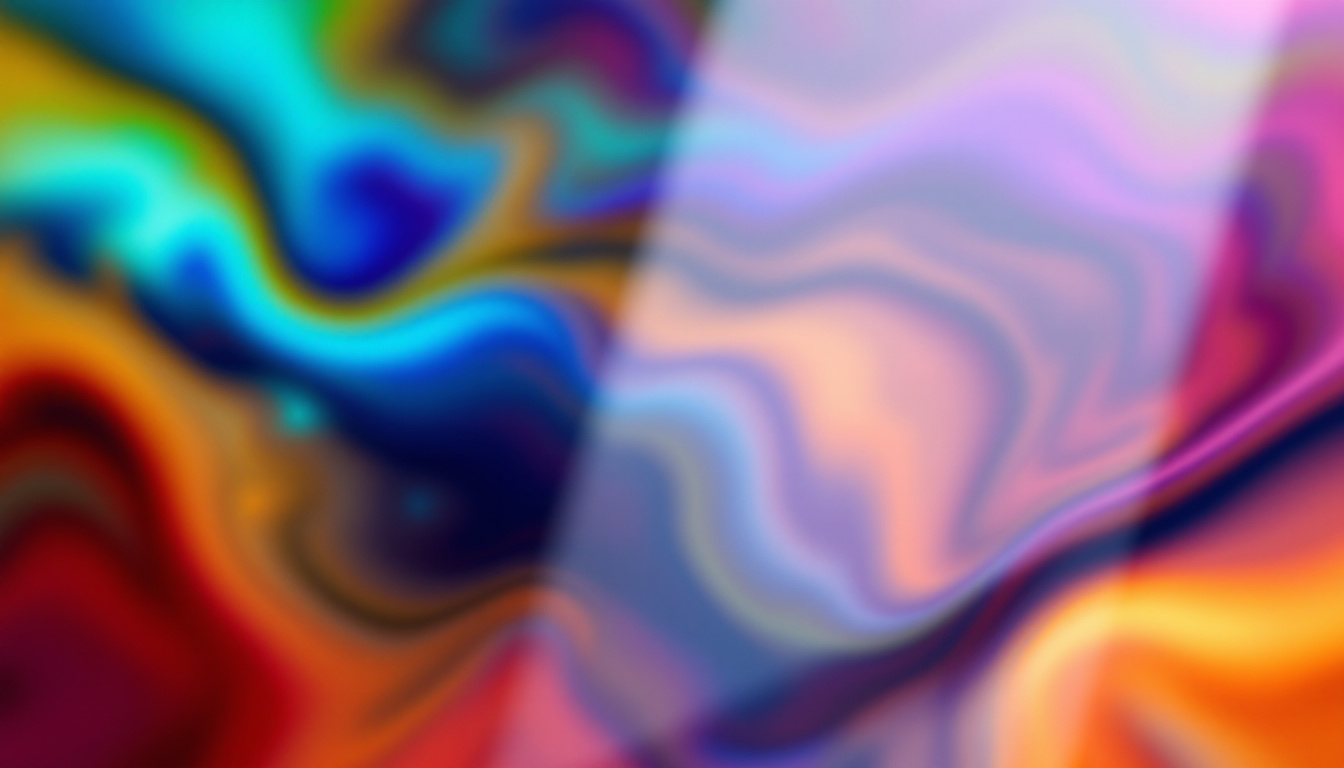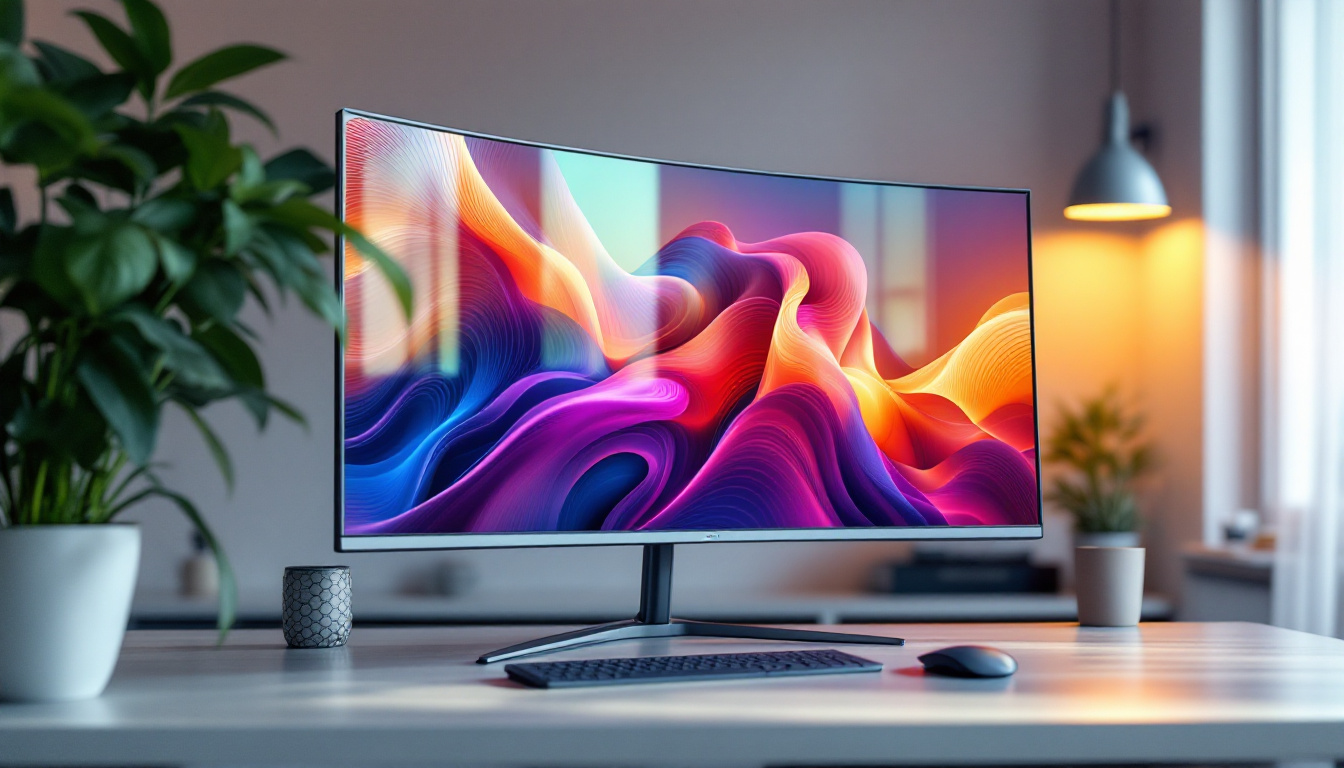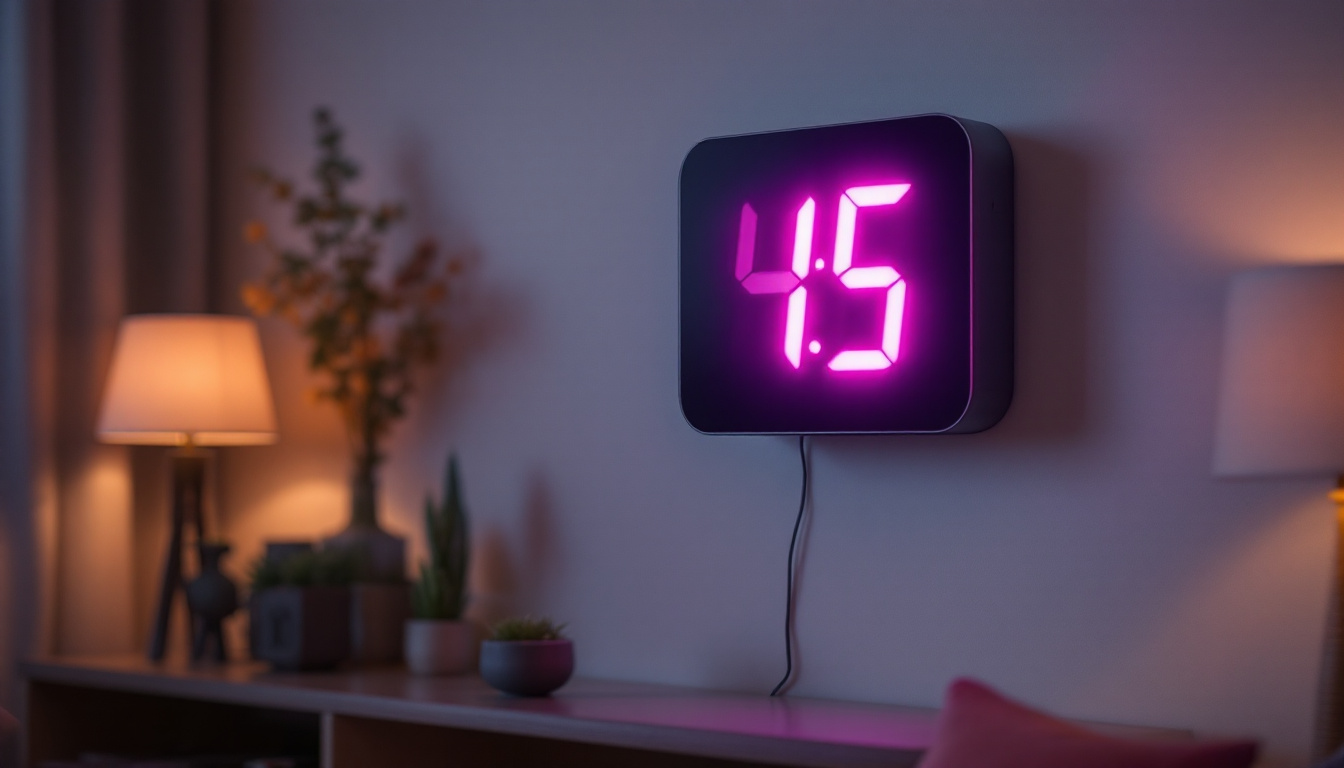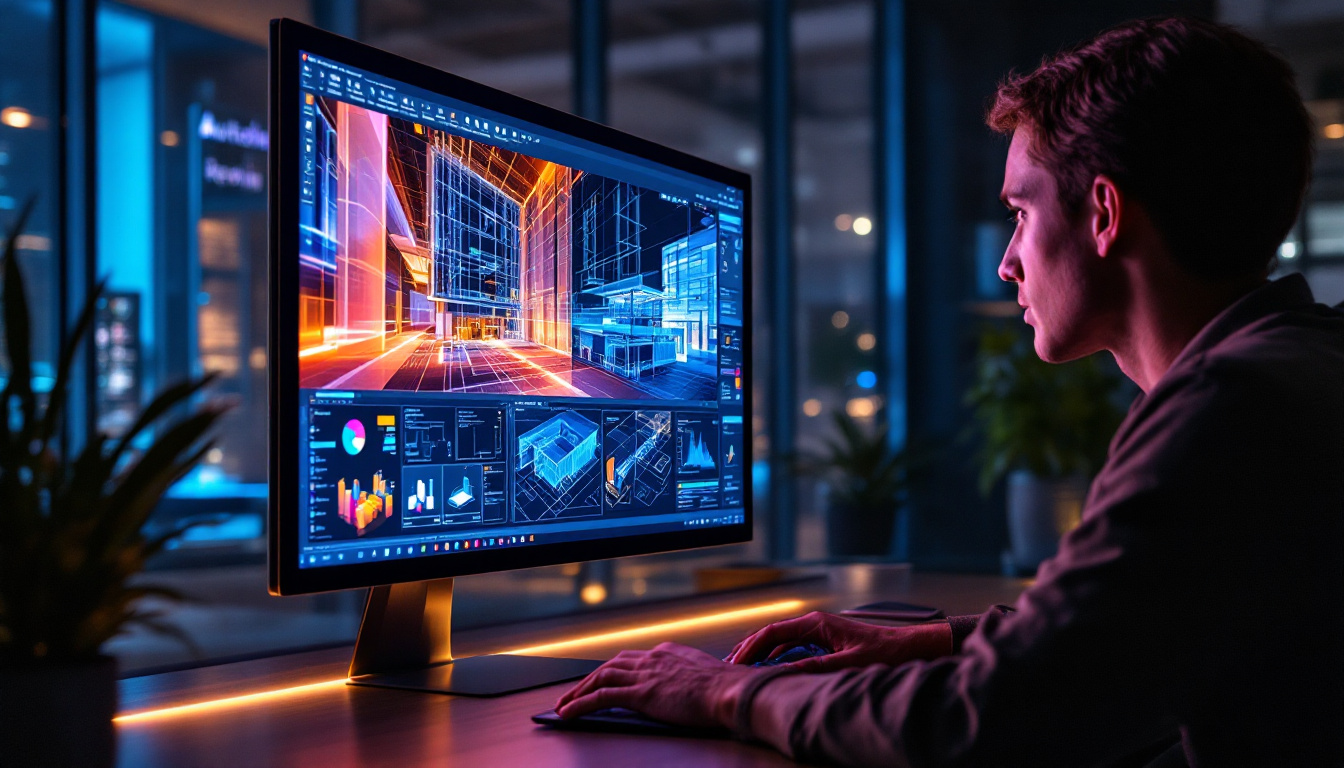Big Outdoor TV Screens: LED Display Explained
In an age where outdoor entertainment is becoming increasingly popular, big outdoor TV screens are gaining traction. These large LED displays are not just limited to sporting events or movie nights; they have transformed various outdoor spaces into vibrant entertainment hubs. This article delves into the technology behind LED displays, their advantages, and considerations for choosing the right outdoor screen.
Understanding LED Technology
LED, or Light Emitting Diode, technology has revolutionized the way we view images and videos. Unlike traditional LCD screens that rely on backlighting, LED screens use individual diodes to emit light, resulting in a brighter and more vibrant display. This advancement has not only enhanced the visual experience for consumers but has also led to energy efficiency improvements, as LED technology consumes significantly less power compared to older display technologies.
How LED Displays Work
At the core of LED technology is the semiconductor material that emits light when an electric current passes through it. Each pixel on an LED screen is made up of red, green, and blue (RGB) diodes. By adjusting the intensity of these colors, a wide spectrum of colors can be produced, creating stunning visuals. Furthermore, the ability to control each pixel individually allows for dynamic content and intricate designs, making LED displays perfect for advertising and artistic installations.
Outdoor LED displays typically feature a higher pixel pitch compared to indoor screens. Pixel pitch refers to the distance between the centers of two adjacent pixels. A smaller pixel pitch means higher resolution and better image quality, which is crucial for large screens viewed from various distances. Additionally, advancements in technology have led to the development of high-definition LED displays that can achieve pixel pitches as small as 1.2mm, providing an extremely sharp and detailed image even at close viewing distances.
Types of LED Displays
There are primarily two types of LED displays used for outdoor applications: SMD (Surface Mount Device) and DIP (Dual In-line Package). SMD displays are known for their superior color accuracy and viewing angles, making them ideal for events where viewers are positioned at different angles. This versatility allows for a more immersive experience, as the colors remain consistent and vibrant regardless of the viewer’s position.
DIP displays, on the other hand, are more robust and can handle harsh weather conditions better than their SMD counterparts. They are often used for billboards and signage, where durability is a priority over color accuracy. The design of DIP displays allows them to withstand extreme temperatures, rain, and even direct sunlight, ensuring that the message remains visible and clear in various environmental conditions. Moreover, the longevity of LED technology means that these displays can operate for tens of thousands of hours, making them a cost-effective solution for long-term installations.
Benefits of Big Outdoor LED Screens
Investing in a big outdoor LED screen comes with a multitude of benefits, making them an attractive option for various applications, from commercial advertising to public events.
Enhanced Visibility
One of the standout features of LED displays is their brightness. Outdoor LED screens can produce high lumens, ensuring that content remains visible even in direct sunlight. This makes them a perfect choice for outdoor venues, parks, and sports arenas.
The ability to adjust brightness levels based on ambient light conditions further enhances visibility. This adaptability ensures that viewers can enjoy a clear picture regardless of the time of day or weather conditions. Additionally, many modern LED screens come equipped with advanced technology that minimizes glare and enhances contrast, allowing for an even more vibrant viewing experience. This is particularly beneficial during evening events, where the screen can maintain its clarity and color richness, drawing in larger crowds and keeping them engaged.
Versatility and Customization
Big outdoor LED screens are incredibly versatile. They can be used for various purposes, including live broadcasts, advertising, concerts, and community events. Their modular design allows for customization in size and shape, enabling them to fit into different environments seamlessly.
Furthermore, many LED displays support various content formats, including videos, images, and live feeds. This flexibility allows businesses and event organizers to engage their audience effectively, creating memorable experiences. For instance, during major sporting events, these screens can display real-time statistics, player highlights, and fan interactions, enhancing the overall atmosphere. Additionally, their ability to integrate with social media feeds allows for dynamic content that can change in real-time, keeping viewers informed and entertained. This level of interactivity is a game-changer, as it not only captivates the audience but also encourages them to participate actively, whether through sharing their own content or engaging with promotional campaigns.
Considerations for Choosing an Outdoor LED Screen
While the benefits of big outdoor LED screens are compelling, several factors must be considered when selecting the right display for specific needs.
Location and Environment
The location where the LED screen will be installed plays a crucial role in its performance. Factors such as sunlight exposure, weather conditions, and the type of audience will influence the choice of display. For instance, a screen placed in a sunny area may require a higher brightness level to ensure visibility.
Additionally, environmental factors such as wind, rain, and dust can impact the longevity of the display. Choosing a screen with an appropriate IP rating (Ingress Protection) can help ensure that it withstands the elements. An IP rating of at least IP65 is often recommended for outdoor installations, as it indicates that the screen is dust-tight and can resist water jets, making it suitable for various weather conditions. Furthermore, considering the orientation of the screen—whether landscape or portrait—can also affect how well it integrates into the surrounding environment and captures the audience’s attention.
Resolution and Pixel Pitch
Resolution is another critical consideration. A higher resolution screen will provide clearer images, which is essential for large displays viewed from a distance. The pixel pitch should be selected based on the viewing distance; a smaller pitch is ideal for closer viewing, while a larger pitch can suffice for farther distances.
Understanding the audience’s viewing habits can help in determining the best resolution and pixel pitch for the intended use. For example, screens used for advertising in busy urban areas may benefit from a finer pixel pitch to attract pedestrians, while screens used at large sporting events can utilize a coarser pitch since viewers are typically farther away. Additionally, the content that will be displayed—whether it be video, graphics, or text—should also guide the resolution choice, as different types of content may require varying levels of detail to ensure optimal viewer engagement.
Installation and Maintenance
Installing a big outdoor LED screen requires careful planning and execution. Proper installation ensures optimal performance and longevity. Factors such as mounting structure, power supply, and connectivity must be considered.
Professional Installation
It is often recommended to hire professionals for installation to ensure that all technical aspects are handled correctly. They can assess the site, provide recommendations for mounting options, and ensure that the display is securely installed to withstand environmental conditions.
Moreover, professional installation can help in configuring the screen for optimal performance, including calibrating brightness and color settings.
Regular Maintenance
Once installed, regular maintenance is essential to keep the LED screen functioning at its best. This includes routine cleaning to remove dust and debris, checking connections, and monitoring performance.
Many manufacturers offer maintenance contracts that include periodic checks and servicing, which can extend the life of the display and prevent costly repairs down the line.
Applications of Big Outdoor LED Screens
Big outdoor LED screens have found applications across various sectors, demonstrating their versatility and effectiveness in engaging audiences.
Advertising and Marketing
One of the most common uses for outdoor LED screens is advertising. Businesses leverage these displays to showcase their products, services, and promotions to a broad audience. The dynamic nature of LED content allows for rotating advertisements, making it possible to reach different demographics effectively.
Additionally, outdoor LED screens can be integrated with social media feeds and live content, creating interactive experiences that engage viewers and encourage participation.
Entertainment and Events
Outdoor events such as concerts, festivals, and sporting events benefit significantly from big LED screens. They provide a platform for broadcasting live performances, ensuring that all attendees, regardless of their location within the venue, can enjoy the show.
Moreover, these screens can be used for displaying event information, schedules, and even real-time social media updates, enhancing the overall experience for attendees.
Future Trends in Outdoor LED Technology
The landscape of outdoor LED technology is continually evolving, with advancements aimed at improving performance and user experience. Several trends are emerging that are likely to shape the future of big outdoor screens.
Higher Resolution Displays
As technology advances, the demand for higher resolution displays is increasing. Future outdoor LED screens will likely feature even smaller pixel pitches, allowing for sharper images and enhanced detail. This will enable clearer viewing from greater distances, catering to larger audiences.
Smart Integration
Smart technology integration is another trend gaining traction. Future LED displays may incorporate AI and machine learning capabilities, allowing for automated content management and real-time adjustments based on audience engagement.
Additionally, features such as touch interactivity and augmented reality are expected to become more prevalent, creating immersive experiences that captivate viewers.
Conclusion
Big outdoor LED screens are transforming the way people experience entertainment and advertising in outdoor environments. Their vibrant displays, versatility, and adaptability make them an excellent choice for a wide range of applications.
As technology continues to evolve, the future of outdoor LED displays looks promising, with advancements that will enhance performance and user engagement. Whether for commercial use, public events, or community gatherings, investing in a big outdoor LED screen can create memorable experiences that resonate with audiences for years to come.
Discover LumenMatrix LED Display Solutions
Ready to elevate your outdoor entertainment and advertising to new heights? LumenMatrix is at the forefront of LED display innovation, offering a comprehensive range of solutions tailored to your needs. From mesmerizing Indoor and Outdoor LED Wall Displays to dynamic Vehicle and Sports LED Displays, our technology is designed to captivate and engage your audience. Experience the future of visual communication with our Custom, All-in-One, and Transparent LED Displays, each crafted to deliver your message with unparalleled clarity and impact. Don’t just take our word for it; check out LumenMatrix LED Display Solutions today and see how we can transform your space into a vibrant hub of engagement.

